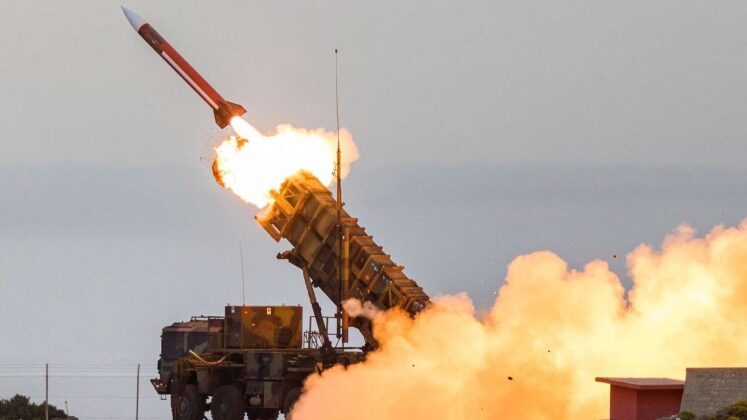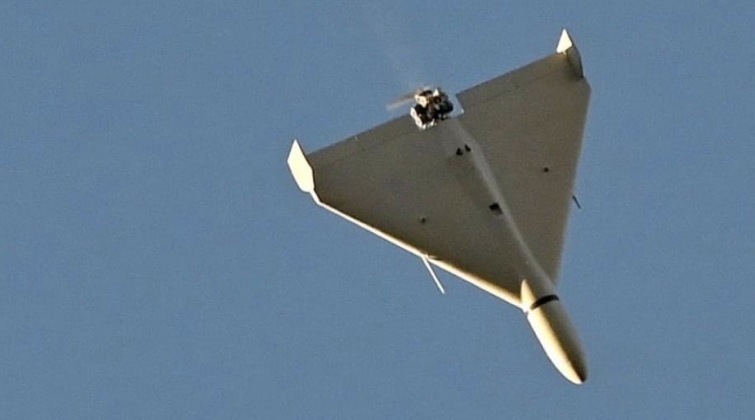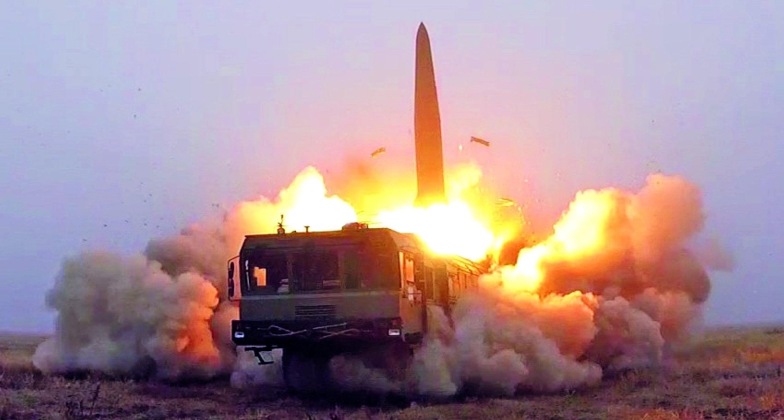News
Ukraine Receives First Patriot Air Defence Systems: Will New German-Supplied Missiles Make a Difference?

On April 18 the the German Defence Ministry announced that the first unit of former German operated Patriot systems had reached Ukraine, providing the Eastern European country with its first Western long range air defence assets. These are only the first of several Patriot batteries from multiple NATO members set to follow, although the expected delivery times of further units remains highly uncertain. Patriots are among a range of new Western weapons systems flowing into the country to support its ongoing war effort against Russian forces, and have been bolstered by very substantial numbers of Western personnel on the ground including both servicemen and contractors. Many of these foreign fighters are expected to be relied on heavily to operate more complex hardware such as air defence radars at least until much later in the year when Ukrainian personnel can be adequately trained, while others have participated in combat on the frontlines or played key roles in organising logistics and command and control as part of a massive ’stealth network’ set up by Western intelligence agencies in the country.
The United States became the first to pledge to provide the Patriot system to Ukraine on December 22, albeit in very small numbers, with Germany following suit on January 5 followed by the Netherlands 12 days later. Other than the U.S.-Israeli David’s Sling system which is deployed exclusively in Israel, the Patriot has no equivalent system elsewhere in the Western world and was designed in the 1970s to be able to intercept cruise and ballistic missile missiles and a wide range of aircraft. It can engage at ranges of up to 200km – or around a third the range of its top Russian competitor the S-500 – with the difference partly reflecting the American system’s age and the country’s lower focus on developing surface to air assets.
Ukraine previously deployed the largest air defence network in Europe based around massive arsenals of Soviet S-300 and BuK systems inherited when the superpower disintegrated, although even these stockpiles have quickly been depleted amid sustained Russian drone and missile strikes forcing missiles to be carefully rationed. Russian strikes on key infrastructure have raised the possibility that several major cities may need to be abandoned, and were a key factor stimulating Kiev’s Western backers to move ahead with deliveries of their top air defence assets. If relying on Ukrainian personnel to operate them Patriot systems may well not be ready for combat until close to 2024, with multiple assessments reaching such a conclusion. A report from the U.S. Congressional Research Service (CRS), for example, highlighted that training local repair crews alone would take approximately 53 weeks. Washington nevertheless reportedly reassured Russia in December that active American personnel would not be manning Patriots in Ukraine, providing what was interpreted by some analysts as a green light to target the systems, since casualties among Western contractors from Russian strikes would carry far less political ramifications than the deaths of active U.S. or other NATO personnel. This reassurance came after multiple figures in the Russian leadership assured that Patriots would be neutralised very soon after becoming operational in the war zone.

Beyond their symbolic value, deliveries of Patriots are expected to be far from pivotal for multiple reasons. The small scale on which the Patriot is produced and fielded relative to the S-300s Ukraine previously depended on means meaningfully replacing even a meaningful fraction of the Soviet S-300 network is far from feasible. Beyond this, the American missile system’s performance record against missiles far less advanced than those Russia currently fields has repeatedly brought its effectiveness to serious question. A military report titled ‘Patriot Missile System Effectiveness During Desert Storm,’ released in 1992 on the system’s most intensive combat testing period to date, stated that of the 158 missiles fired from Patriots by the U.S. Military in combat the previous year 45 percent were launched against false targets – indicating a poor performance distinguishing threats from debris, decoys or even radar errors. Of the remaining 55 percent the success rate was extremely poor. A 1992 report prepared for the U.S. House of Representatives Government Operations Committee reached a similar conclusion. An early 1990s study of the system’s performance by Theodore Postol, Professor of Science, Technology and International Security at MIT, highlighted: “The Patriot’s intercept rate during the Gulf War was very low. The evidence from these preliminary studies indicates that Patriot’s intercept rate could be much lower than 10 percent, possibly even zero.” This was despite the very limited capabilities of Iraq’s 1960s ballistic missile arsenal.

Patriot systems more recently failed to intercept a strike by makeshift missiles launched by Yemeni insurgents against Saudi Arabia in 2017 targeting Riyadh’s King Khalid International Airport, and similarly proved near useless for interpreting drone strikes on the country in 2019 which were attributed to Iran. Against modern Russian missiles such as the Iskander with semi ballistic depressed trajectories , apogees of just 50km and the ability to conduct extensive manoeuvres throughout their flight paths, the Patriot is not expected to have a serious chance of interception. A range of other Russian missiles such as the air launched Kh-22, which have been used in tremendous numbers, are also considered impossible for the Patriot to intercept due to their speeds and trajectories much as the S-300s proved similarly incapable of defending against them. While Russian air defence suppression capabilities have proven highly limited, the lack of a viable network of medium and short ranged systems to complement the Patriots represents a further serious vulnerability which could make them relatively soft targets.












